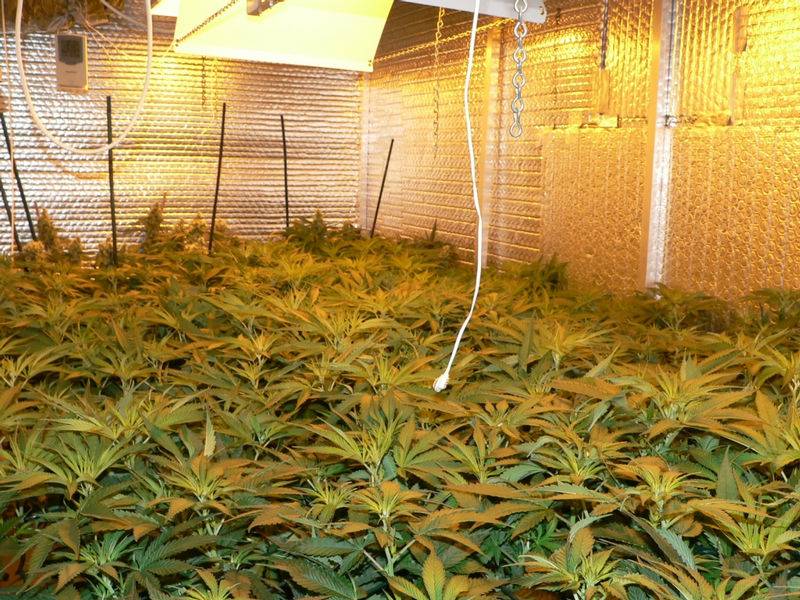bdomina
Member
hello again!
What is the best way of taking temps from within your cab. Right now I have a 400 HPS w DIY cool tube. Air pulled through using stanley blower. it gets about 10* above room temp. right now it is setting at about 83 -85. but the tube is warm at best. you can totally handle it without flinching. I am thinking that wherever my temp node is, that it is getting some kind of direct light reading and possibly throwing it off. it is sitting on top of the aerotub. the flower cab is about 2dx3wx4h. ballast is outside cab, flower chanber is the better part of a large closetmaid type cab from home depot...any rules of thumb in getting an accurate temp?
thanks.
~BD~
What is the best way of taking temps from within your cab. Right now I have a 400 HPS w DIY cool tube. Air pulled through using stanley blower. it gets about 10* above room temp. right now it is setting at about 83 -85. but the tube is warm at best. you can totally handle it without flinching. I am thinking that wherever my temp node is, that it is getting some kind of direct light reading and possibly throwing it off. it is sitting on top of the aerotub. the flower cab is about 2dx3wx4h. ballast is outside cab, flower chanber is the better part of a large closetmaid type cab from home depot...any rules of thumb in getting an accurate temp?
thanks.
~BD~

 or go the 50cent aquarium numbers.
or go the 50cent aquarium numbers.

 time 4thc43
time 4thc43
